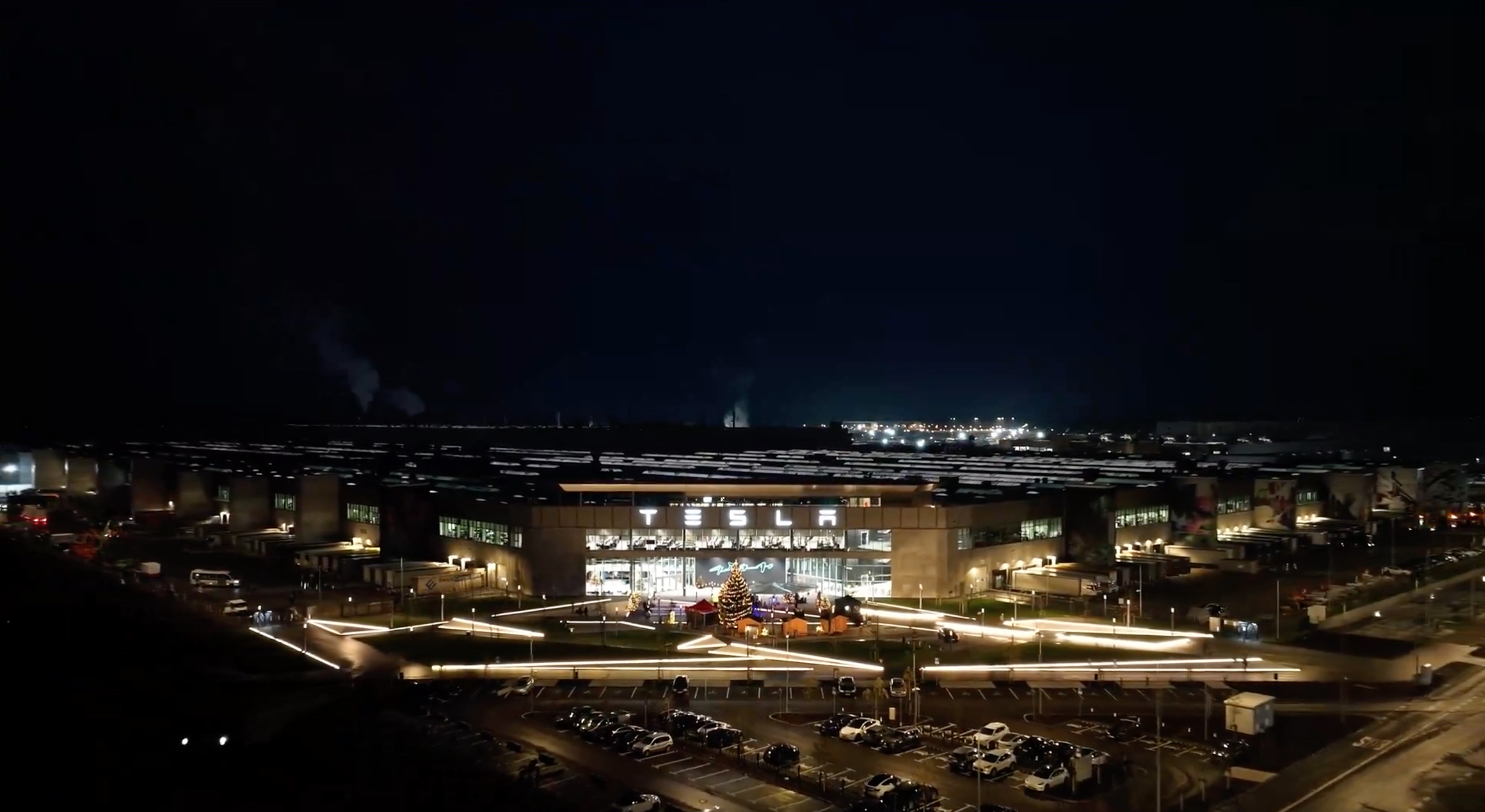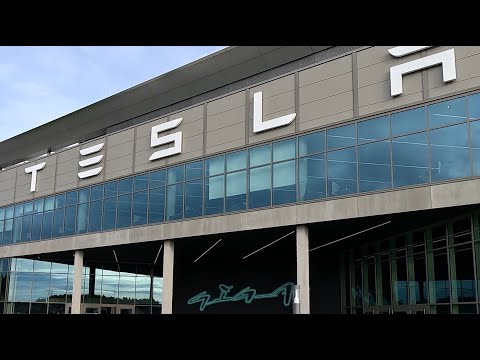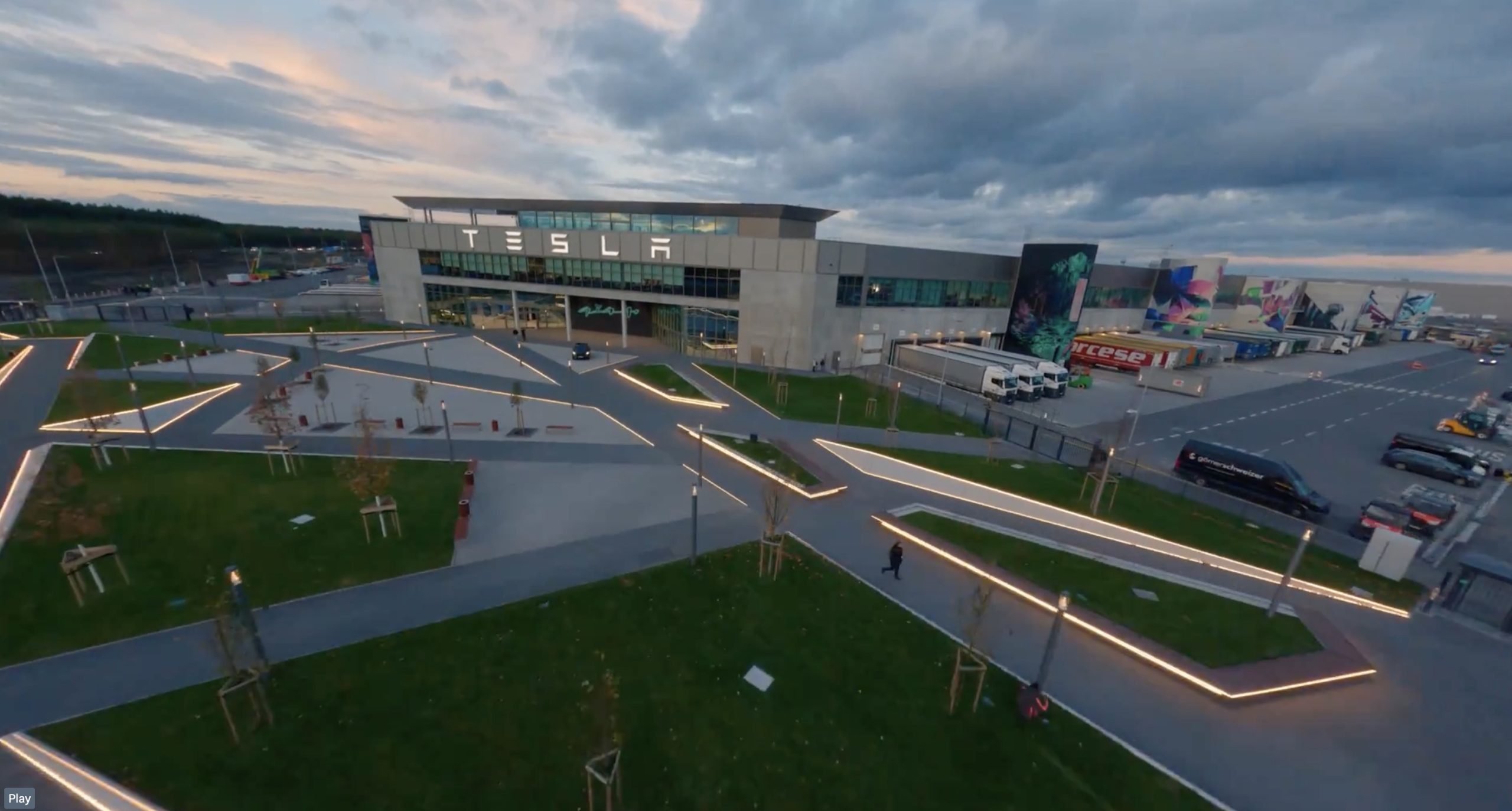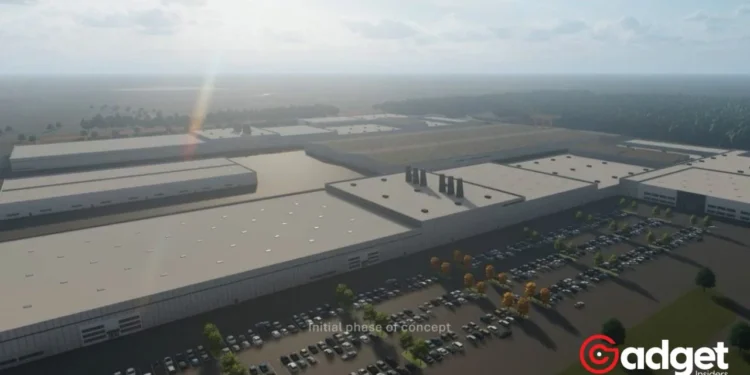In the verdant outskirts of Grünheide, Germany, Tesla’s Giga Berlin stands as a testament to sustainable manufacturing and technological innovation. However, despite its green credentials, the facility has found itself at the heart of controversy, primarily concerning its water usage. Critics have long argued that the electric vehicle (EV) manufacturing plant consumes an excessive amount of precious local water resources, potentially endangering the community’s supply.
Yet, recent findings challenge these assertions, revealing a narrative starkly different from the one portrayed by detractors.
A Closer Look at the Numbers
Contrary to the claims of its critics, Giga Berlin is setting a new benchmark for water efficiency in the automotive industry. A meticulous report from BZ, a reputable German news outlet, alongside data from Tagesspiegel, paints a picture of a facility keenly aware of its environmental responsibilities.
In 2023, Giga Berlin utilized 451,654 cubic meters of fresh water—a figure significantly lower than the 1.3 million cubic meters it was authorized to use.

To put Tesla’s water efficiency into perspective, it’s essential to consider the broader industrial landscape. For instance, the Premnitz waste incineration plant and the Schwedt refinery use upwards of 23 million and 13 million cubic meters of water, respectively.
Even more striking is the LEAG coal plant’s consumption, which towers at 44.8 million cubic meters. In a surprising twist, Giga Berlin’s water usage is even dwarfed by that of the Klaistow asparagus farm, which absorbs a staggering 1 million cubic meters of water annually.
Tesla: Redefining Industry Standards
Giga Berlin’s achievement is not merely a triumph of engineering but a challenge to the automotive sector’s status quo.
The facility’s water consumption rate of 2.28 cubic meters per vehicle represents a 33% reduction from the industry average of 3.68 cubic meters. This efficiency milestone is particularly noteworthy, considering the plant’s output of 6,000 zero-emissions vehicles per week.
The juxtaposition of Giga Berlin’s modest water footprint against the backdrop of much higher-consuming entities highlights an often-overlooked reality: the potential for significant environmental stewardship within the realm of large-scale manufacturing.

Beyond the Water Debate
The discourse surrounding Giga Berlin’s water usage sheds light on a broader conversation about industrial sustainability and the metrics by which we evaluate environmental impact. As Tesla continues to refine its processes and push the boundaries of what’s possible, Giga Berlin stands as a beacon of progress, dispelling myths and setting new standards for future factories.
Tesla Giga Berlin uses half as much water as asparagus farmhttps://t.co/9wqt60kseF by @ResidentSponge
— TESLARATI (@Teslarati) March 11, 2024
Moreover, Tesla’s ongoing efforts to enhance water efficiency are a clear indication that the journey toward sustainability is both iterative and progressive. With plans for further expansion, Giga Berlin is poised to become even more water-efficient, reinforcing Tesla’s role as a leader in sustainable manufacturing practices.

As we move forward, it’s crucial to base our critiques and commendations on facts rather than conjecture, ensuring that progress toward a more sustainable future remains informed, balanced, and grounded in reality.










